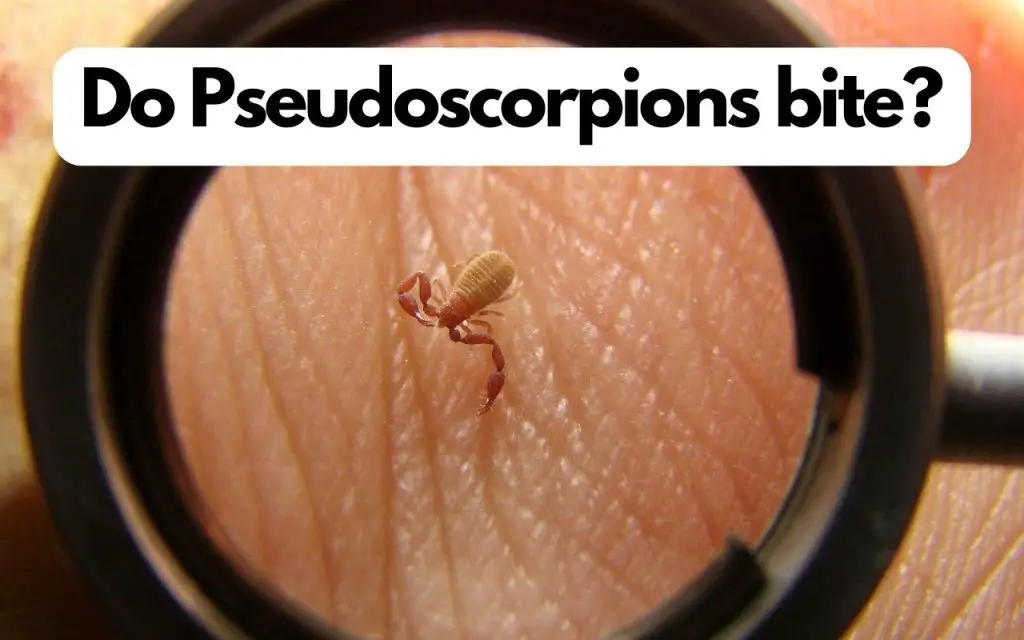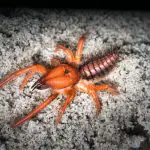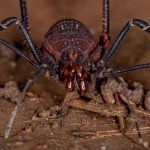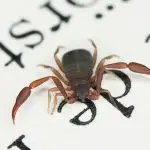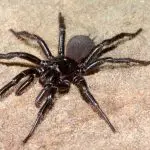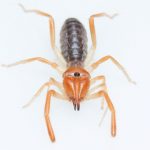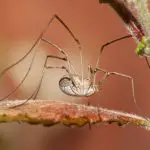As a self-proclaimed aficionado of arachnids, the realm of eight-legged creatures has always enthralled me. Uncovering the intricacies and nuances of these captivating critters is not only a passionate hobby but also a journey that leads me to some seriously obscure species. A question that surfaces regularly, especially in the context of the very obscure pseudoscorpions, is: “Do pseudoscorpions bite humans?” Today, let’s take a detailed look at just how dangerous (or not) these tiny predators are.
First, check out the video below for some fascinating pseudoscorpion hunting behavior:
Are Pseudoscorpions Dangerous?
At the onset, let’s address the query at hand: Are pseudoscorpions a threat to humans? The answer is a reassuring no. Despite their somewhat menacing name, pseudoscorpions, or ‘false scorpions’, pose no danger to us. These are tiny arachnids, their size often not exceeding 3 to 5 millimeters, making them physically incapable of biting humans due to their minuscule pincers.
It’s also noteworthy to mention that while pseudoscorpions are indeed venomous, their venom is solely for hunting and defense against their minuscule prey, such as mites or minuscule insects. The venom of a pseudoscorpion, although lethal to its prey, is completely harmless to humans. These intriguing beings truly encapsulate the saying, “Small but mighty,” at least within their microcosm.
Where are Pseudoscorpions Found?
Having established that pseudoscorpions are not harmful, it’s natural to wonder where one might encounter these fascinating creatures. Pseudoscorpions are versatile and can adapt to a wide range of environments. They have a global distribution, occupying diverse habitats from the frigid realms of the Arctic to the sun-drenched landscapes of the tropics. In fact, they have even been found inside the arctic circle.
No matter where you are in the world, it’s highly likely that pseudoscorpions are not far away. They’ve mastered the art of living unobtrusively in forests, deserts, caves, and coastal regions. Preferring damp and secluded spaces, they are often hidden under stones, bark, leaf litter, and other similar niches. This mastery in the art of concealment often makes them invisible to the untrained eye, even though they are virtually everywhere.
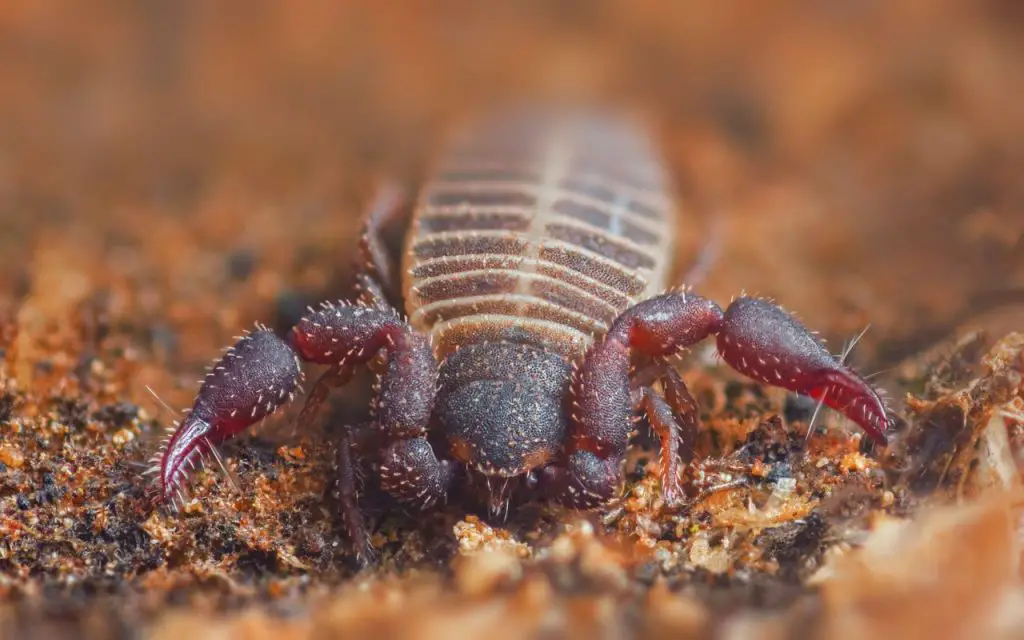
House Pseudoscorpions
Dwelling among us in our homes are these tiny creatures, appropriately dubbed house pseudoscorpions. Don’t be startled if you discover these arachnids residing within your domestic confines. They typically dwell in the quieter, undisturbed corners of homes, such as basements, attics, or even bookshelves. There, they conduct their ‘micro hunts’, preying on booklice, dust mites, and other tiny critters.
Far from being pests, pseudoscorpions in your house are beneficial partners in maintaining a balanced ecosystem by controlling the populations of other potentially harmful micro-invertebrates. The next time you spot one, remember: they’re your humble and harmless houseguests, not invaders.
Pseudoscorpion or Tick?
To the untrained observer, pseudoscorpions might be mistaken for ticks. Given their small size and eight-legged structure, it’s an easy mistake to make. However, there are several key differences that allow us to distinguish between the two. The following table provides a clear comparison:
| Pseudoscorpions | Ticks | |
|---|---|---|
| Legs | 8 | 8 |
| Body | Two-sectioned | Oval, unsegmented |
| Size | 2-8 mm | 3-5 mm |
| Bite | No | Yes |
| Venom | Yes, harmless | No |
If you’d like to learn more about how to tell these arachnids apart, read the following article: Pseudoscorpion vs Tick: how to tell them apart
How are Pseudoscorpions and Real Scorpions Different?
Despite their shared name, pseudoscorpions and real scorpions have more differences than similarities:
- Size: The most glaring difference lies in their size. Pseudoscorpions are considerably smaller, often not more than a few millimeters long. Scorpions, in contrast, can grow to several inches in length.
- Sting: Unlike scorpions, pseudoscorpions lack a venomous stinger at the end of a tail. Scorpions use their stinger both for defense and to immobilize their prey.
- Habitat: While scorpions prefer warm, dry climates and are known to inhabit deserts, pseudoscorpions can adapt to a wider variety of habitats.
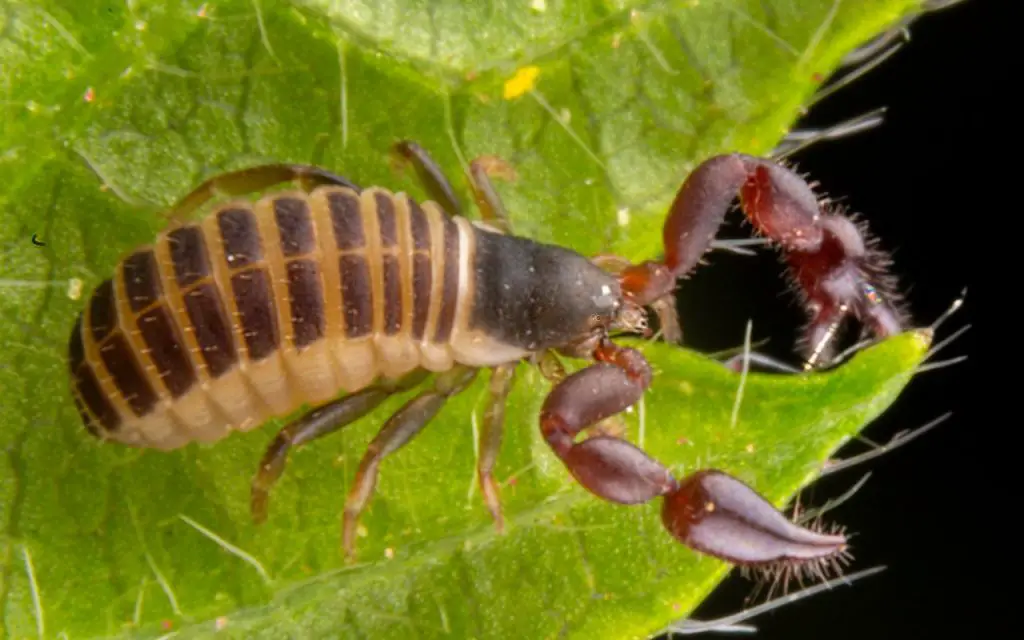
Pseudoscorpion Size
Pseudoscorpions are a testament to the phrase, ‘size doesn’t matter.’ Despite their tiny stature, ranging from 3 to 8 mm in length, with some larger species just reaching 1 cm, these creatures are fierce predators in their micro-world. Their size plays a significant role in their harmless interactions with humans as their pincers are simply too small to pierce human skin.
Do Pseudoscorpions bite humans? Final thoughts…
In conclusion, despite their intimidating name, pseudoscorpions are far from threatening to humans. Their venom, while potent against their tiny prey, is harmless to us. These tiny arachnids contribute positively to our environment and help maintain a balanced ecosystem. So, the next time you encounter a pseudoscorpion, remember, it’s a helpful partner, not a harmful pest, in the intricate web of life.
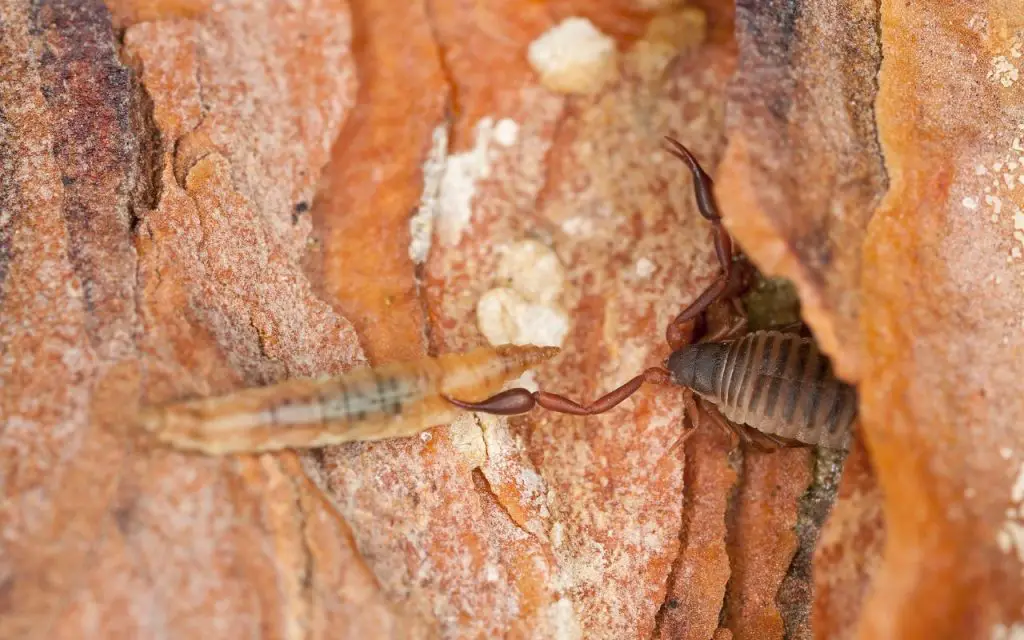
Can a pseudoscorpion hurt you?
No, pseudoscorpions cannot cause physical harm to humans. Their tiny size and harmless nature make them benign roommates rather than dangerous pests. Unlike true scorpions, pseudoscorpions can’t sting. Instead of a stinging tail, they rely on their pedipalps (pincers) and mouthparts to capture very tiny invertebrates.
Why am I finding pseudoscorpions in my house?
The presence of pseudoscorpions in your house can be attributed to their hunting habits. They are likely hunting smaller pests and contribute positively to maintaining a balanced ecosystem within your home. Often, bugs wander in from outside – then pseudoscorpions enter your home to hunt them. If you notice a lot of them, it is recommended that you check your home for pests such as book lice.
Are pseudoscorpions good or bad?
Pseudoscorpions are largely beneficial. Their role as micro-predators helps in controlling the population of other small pests, both within homes and in larger ecological contexts. In the wild, they often occur in damp places or under the bark of trees where they help control harmful bugs. This can potentially benefit gardeners and agriculturists.
Are pseudoscorpions rare?
Pseudoscorpions are not as rare as people think. Given their small size and discreet nature, they often go unnoticed. There are over 3,300 species of pseudoscorpions worldwide, suggesting that these arachnids are more prevalent than commonly perceived. In general, they spend a lot of time hiding, and are incredibly small. This is why many people do believe them to be rare.

